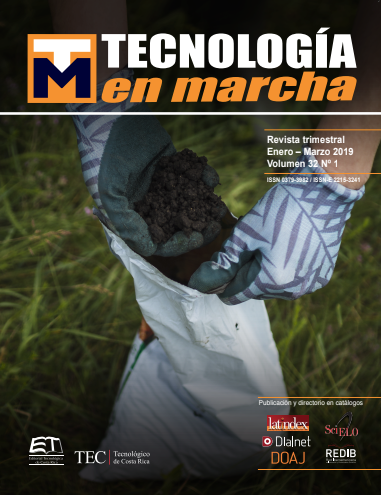Documentary review of essential oils obtained from Lippia alba (Verbenaceae) as microbial and antifungal therapeutic alternative
Main Article Content
Abstract
Antibiotics are chemical compounds that are used to eradicate some pathogenic microorganisms, however, according to WHO reports, some microorganisms of clinical importance; which has limited the options of treatment have developed resistance to antibiotics by the health professionals to the patients. Therefore, it has been necessary to seek alternative therapies such as the use of essential oils of aromatic plants as a biosolution to conventional treatments with very good results. The essential oils obtained by hydrodistillation of the Lippia alba plant, which is widely distributed in Latin America, have presented promising results due to the great variety of volatile compounds such as citral, carvone, myrcenene, among the most abundant and about 30 other compounds; The variation in the concentration of the compounds depends on several phenotypic and genotypic as well as environmental factors. Different investigations have demonstrated how the extraction of the oil from the leaves and their use both in vivo and in vitro have shown bactericidal, bacteriostatic, antifungal, antiprotozoal, antitumor activity, as a sedative for the transport of animals, as an animal growth promoter, among others. This documentary review shows some investigations with the essential oil of and the results obtained in them.
Article Details
Los autores conservan los derechos de autor y ceden a la revista el derecho de la primera publicación y pueda editarlo, reproducirlo, distribuirlo, exhibirlo y comunicarlo en el país y en el extranjero mediante medios impresos y electrónicos. Asimismo, asumen el compromiso sobre cualquier litigio o reclamación relacionada con derechos de propiedad intelectual, exonerando de responsabilidad a la Editorial Tecnológica de Costa Rica. Además, se establece que los autores pueden realizar otros acuerdos contractuales independientes y adicionales para la distribución no exclusiva de la versión del artículo publicado en esta revista (p. ej., incluirlo en un repositorio institucional o publicarlo en un libro) siempre que indiquen claramente que el trabajo se publicó por primera vez en esta revista.

